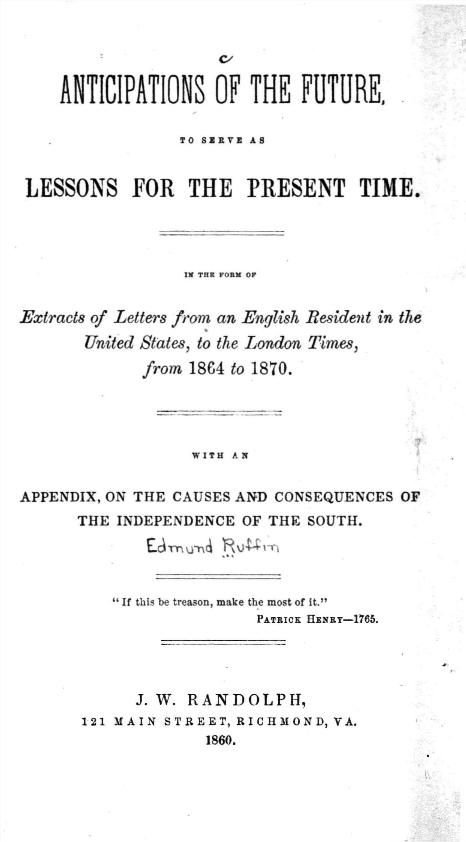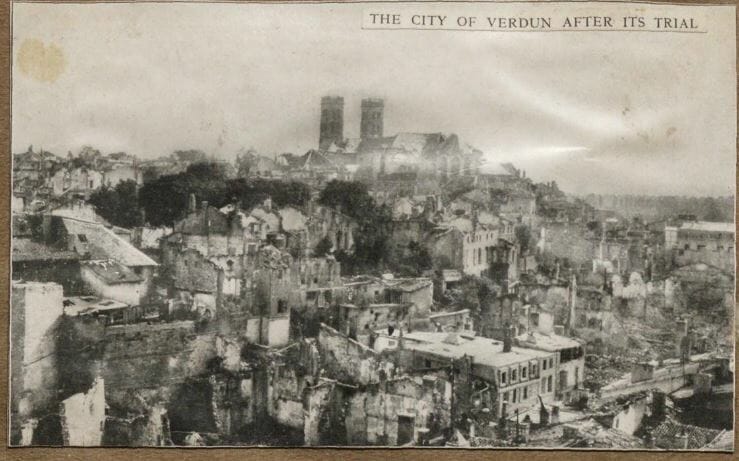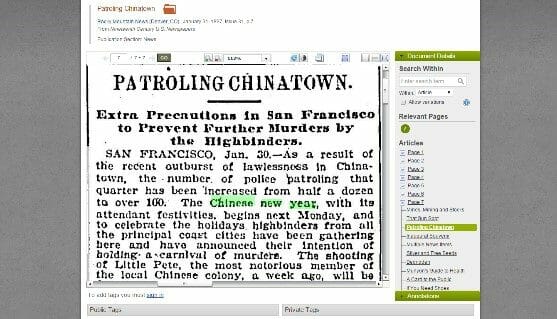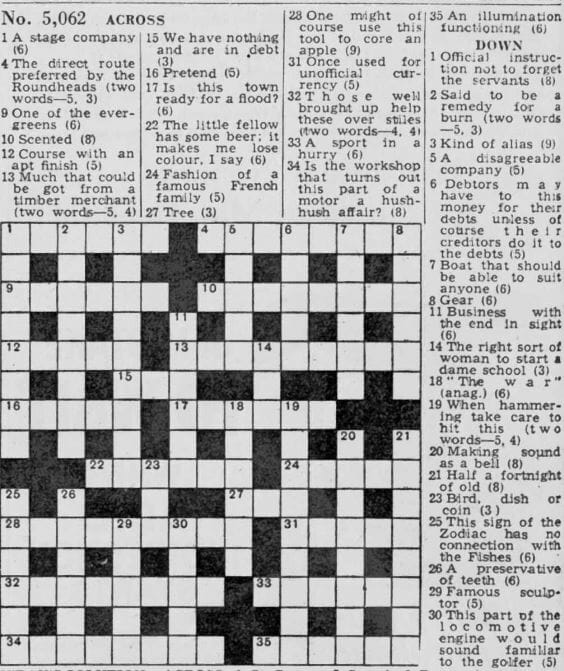American Fiction, 1774-1920, released this week from Gale, brings over 17,750 titles to digital life. If you read one of these books every hour and didn’t stop to sleep or eat, it would still take you more than 2 years to read through the full collection. The content from 1774-1900 is based on Lyle H Wright’s famous American Fiction: A Contribution Toward a Bibliography, the most comprehensive bibliography of American adult fiction during the eighteenth and nineteenth centuries, and includes both well-known authors (Mark Twain, Harriet Beecher Stowe, etc) and the obscure.
1900s
Who is Thomas Watters?
I was checking through the transcript of Diaries and Travel Journals of Ernest Satow (a British diplomat who made his career in China and Japan) the other day when I came across the name of “Thomas Watters”. Satow met and had dinner with him on November 4, 1883 during the former’s holiday leave in London.
‘The compartment was much bespattered with blood’: the Brighton Railway Murder
Barely a week went by in the nineteenth-century press without a sensational crime story appearing. Whether it was the gory prospect of blood and dismembered bodies, or simply the thrill of a classic ‘whodunit’, there can be little doubt that crime reporting made compelling copy. This was certainly the case with the ‘Brighton Railway Murder’ which took place in the summer of 1881. From beginning to end, the case captivated the imagination of the British people, eager to discover who had murdered wealthy tradesman Frederick Gold, and what would become of the culprit. A search of Gale Artemis: Primary Sources highlights the case’s notoriety, giving me the perfect opportunity to trace its development.
Business, Bribery and the Broadsheets: Researching Companies and Industry with The Daily Telegraph
With The Telegraph Historical Archive, 1855-2000 launching March 2016, we will be bringing you a series of essays from scholars featuring research case studies, enlightening biographies of key Telegraph figures, and more.
Dr James Nye is a Visiting Research Fellow at the Institute of Contemporary British History at King’s College London. His research focuses on the corrupt, scandalous reputation – deserved, or perhaps not – of the company promoter in the first few decades of the 20th century. In this, newspaper records are, of course, invaluable; specifically, the use of multiple newspapers, as ‘each journalist might record something different – a composite picture is reasonably likely to be much better than one that relies solely on The Times, however much it might be regarded as the principal paper of record’[1] .
The Women who Lived Through Verdun: 100 Years On
It is widely regarded as the battle of the First World War; an enormous clash of attrition which epitomised the bloody stalemate of the war. The ten-month Battle of Verdun began 100 years ago, with German Chief of Staff General von Falkenhayn seeking to ‘bleed France white’ by launching an all-out attack on the narrow stretch of land at Verdun. Over a thousand German artillery guns fired upon the vastly inferior number of French troops – they had just 30,000 men, against 140,000 Germans – along a six-mile stretch of the French front. The battle which followed was to last for over 300 days. By looking at personal sources from Nineteenth Century Collections Online, the sheer scale of this part of the conflict is clear to see.
Chinese New Year has arrived!
Cracking the Enigma Code: The Daily Telegraph’s Crossword Challenge
The Daily Telegraph newspaper is known for its ‘high tone’ and has acquired a reputation for being ‘serious, popular and pioneering’ over the years. A sign of its status can be traced back to the Second World War, where its editor’s willingness to depart from convention ensured the newspaper’s critical involvement in the War’s outcome. For the newspaper did not simply stand back and report on events, although the work of first female war correspondent Clare Hollingworth should not be downplayed, but unwittingly engaged itself in the Allied cause.
From coupons to cocktail dresses: tracking changes to women’s wartime fashion using the Picture Post
The New Year often brings a sense of “out with the old, in with the new”. For the fashion-conscious, it’s a good excuse to revamp ones wardrobe and go shopping. These days it’s easy to buy new clothes every season, but it was very different during the Second World War. Then, clothing was rationed and had to be reused as much as possible. Once the war was over, the “out with the old” attitude finally prevailed over rationing, culminating in Christian Dior’s ground-breaking ‘New Look’. I used Picture Post and other newspaper archives in Gale Artemis: Primary Sources to track changing attitudes to fashion in the newspapers and magazines of the time.
The Commercialisation of Christmas
Undoubtedly, many still appreciate and celebrate the deeply religious roots of Christmas, yet it has also become a commercialised event in many countries today. From mid-November, high-streets are packed with snowflake window stickers, festive deals and cheery Christmas music to entice shoppers into an economically indulgent mood. Yet, despite the general consensus and participation in commercialising Christmas, this is often assumed to be a new phenomenon, part of today’s world. ‘Born to Buy’, an article in Gale’s Academic OneFile, offers an example of such sentiments;
The Whitechapel Murders: exploring Jack the Ripper’s victims in the Crime, Punishment, and Popular Culture archive
Towards the end of the nineteenth century, the East End of London was terrorised by a series of gruesome murders at the hands of the notorious ‘Jack the Ripper’. Ripper’s true identity was never discovered, and even though nearly 125 years have passed since his last attack his name still sends a shiver down the spine.











